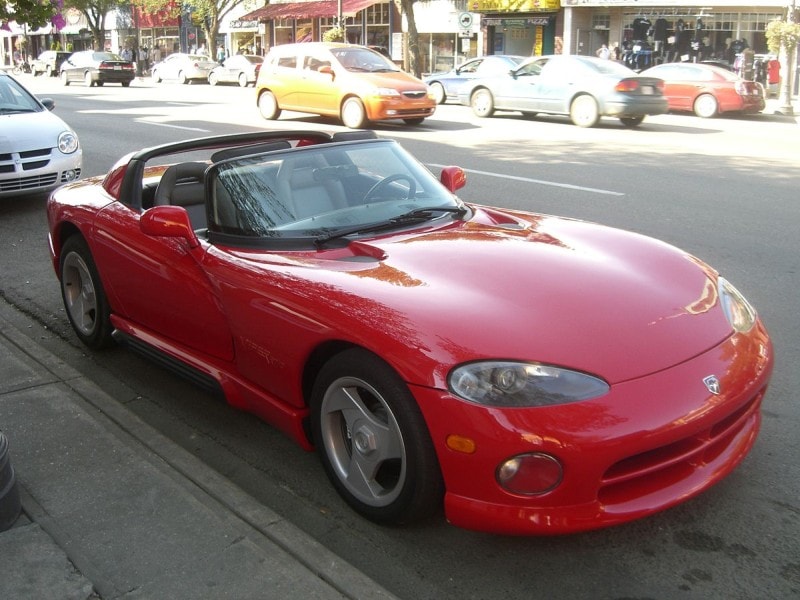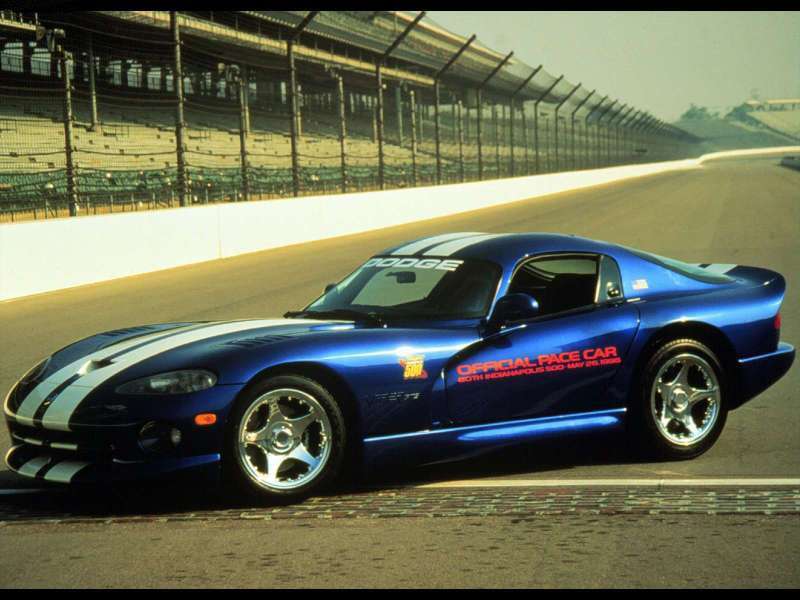Recent Articles
Popular Makes
Body Types
Crushing a Dodge Viper: Is this Story All True?
More Questions Than Answers In This 'Pre-Production Viper' Story

Every once in a while, I come across a news story that doesn't quite add up. Take, for example, the article published this week by the Seattle Times describing Chrysler's decision to crush a pre-production Dodge Viper that had been gifted to the South Puget Sound Community College (SPSCC). The reason behind the request to have the Viper destroyed is sadly a legal one: Chrysler is concerned that the vehicle, which was never offered for sale and doesn't possess the necessary safety or pollution equipment to be considered streetable, will be driven on a public road and leave the company open to civil liability in the event of an accident.
That's not the weird part of the article. Diving into the details of the Dodge Viper in question reveals a number of claims that simply don't add up. Most glaring is the fact that the Seattle Times - along with a number of other outlets that picked up the story and ran with it - is claiming that this is a 1992 Dodge Viper, and in fact, is the fourth such car ever built.
Photo via Twitter user @IAmPrinceKenzie
It is a Viper ... but it isn't THAT Viper
Time for a history lesson. The Viper was rushed into production by Chrysler as a 1992 model after a successful debut as a concept car at the 1989 Detroit Auto Show. When I say 'rushed,' I mean it: the first Viper RT/10 models offered a detachable vinyl roof with no side glass - just plastic that could be folded back if you really needed to feel the wind on your face. This continued until 1996, when the second generation - or 'Gen 1.5,' if you prefer - appeared on the scene and introduced a coupe variant (the GTS) along with an available detachable hardtop for the RT/10 (which could be retrofitted to earlier roadsters).
The images of the Viper owned by the SPSCC are clearly those of a GTS model, not an RT/10. It's a closed-roof coupe with a full hatchback, a body style that was never available until 1996. The article attempts to explain this away by saying 'It features a makeshift hardtop, making it a one-of-a-kind vehicle because the company did not make a production hardtop until 1996,' but this is no make-shift hardtop foisted on a first-generation Viper: the car also has the second-gen's front fascia, hood scoop, and hood slats on either side, further separating it from the RT/10. Another point against the car being the fourth Viper ever built is its color: there were no 'Blue and White' first-generation Vipers, as almost every single first-generation edition of the sports car was red.

I am willing to believe that South Puget Sound Community College might have been given a pre-production Viper GTS Coupe, built in 1995 or 1996. In which case, it's a cool car, but it's definitely not one of the earliest Vipers around. Given the numerous other errors in the story concerning the car's provenance and even horsepower, I'm going to have to chalk this one up to over-exuberance on the part of the Seattle Times, the willingness of other outlets to go along with what seems like a 'David vs. Goliath' story that will attract a strong response from enthusiasts, and a lack of fact checking all around.
Let us know your opinion! Tweet us or leave us a comment on Facebook.
UPDATE: Chrysler has issued a response to the emotional outpouring of reactions to the Seattle Times piece. Autobytel's official response is to thank Chrysler for confirming our suspicion that the car in question was not the 4th Viper ever built. - MN
